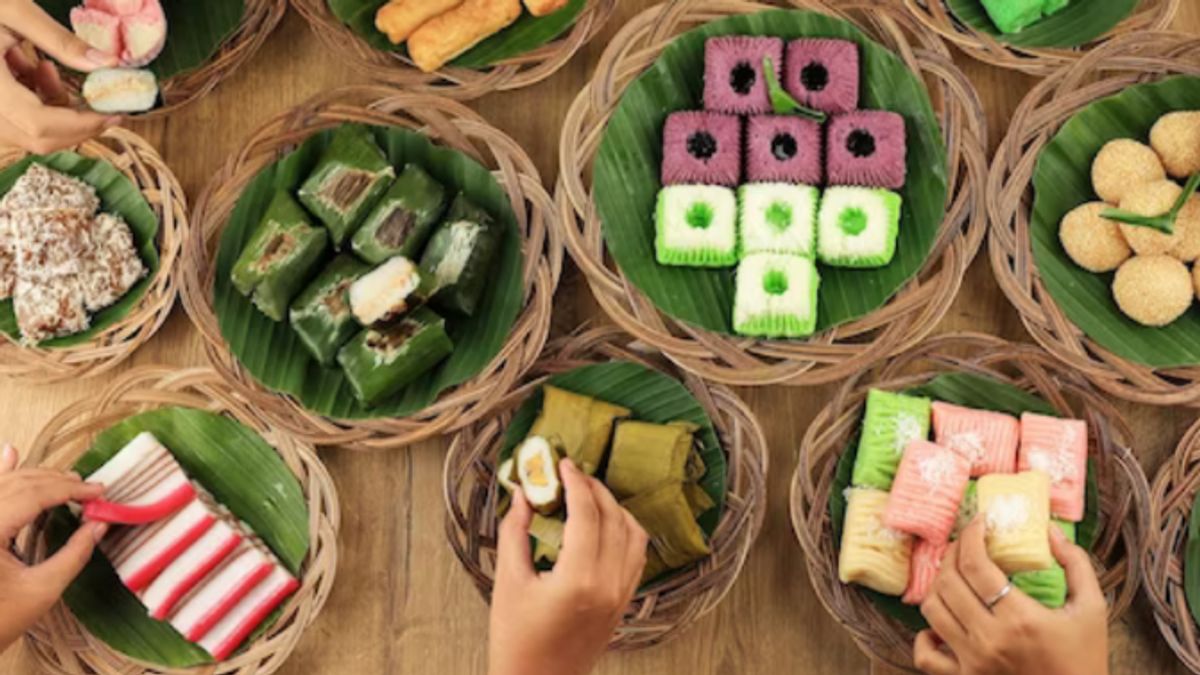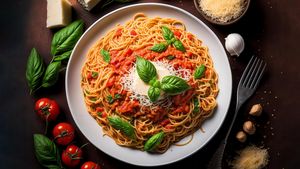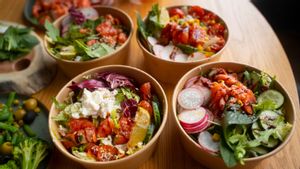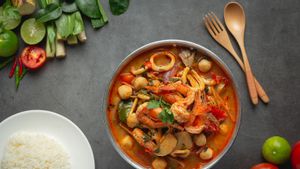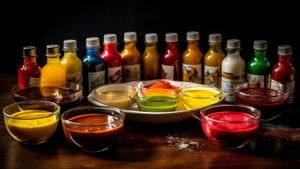YOGYAKARTA Snacks or known as snacks are a lot of types. The ingredients are also diverse but mostly take advantage of local produce. For snacks in Southeast Asia, you can record the following list as dishes after lunch hours.
You must easily find this food in traditional markets or crowds. Odading is usually made of flour, yeast, eggs, salt, and sugar. After the dough is finished, it is damped until it expands twice. Then the dough is cut and fried in hot oil until the color is brownish. Uniquely, someoding sellers add wijen seeds as a hat. This will result in a faint flavor and sweetness that is suitable for snacks while enjoying coffee.
Snacks from Laos, originating from the historic city of Luang Prabang. The material comes from▁terangur that grows in the river in the summer. Similar to Japanese nori, but the taste of these potatoes is stronger. Almost like chips, kaipen is peppered with lengkuas, garlic, and tomatoes and then fried dry into them sprinkled with wijen.
Indonesia has rich culinary delights. Let's say the traditional food, from Sabang to Merauke has unique characteristics and processing techniques. Not to mention the snack, you can make good use of the produce. One of the snacks from Indonesia that is popular in Southeast Asia is penganggangang. Foods made of solids that are given this distinctive spice, dried to dry before frying with hot oil. Also known as ketanical crackers, milky and savory or sweet brand textures.
The Nagasari cake is made of rice flour, tapoka flour, coconut milk, cooked bananas, and vanilla extract and sugar. The thick donations of the main ingredients, later wrapped in banana leaves and then steamed. Most delicious, the Nagasari cake is served warm.
Kuih akok from Malaysia is usually made from eggs, coconut milk, water, sugar, flour, and salt. Donans from these ingredients are then printed in Loyang and then roasted in the oven. Usually served as desserts because of the soft texture and sweet taste.
This sweet snack comes from Thailand, such as pancake flavor of view but is equipped with cotton candy. Thin pastries such as krepe, usually have a green color. Usually, it is widely sold as street food in Thailand.
Pho rolls from Vietnam, in the form of pho but rolled up. The contents are in the form of tumisan beef mixed with garlic, ginger, pepper, onions, lettuce, mint leaves, perilla, and turquoise leaves. At first glance, it looks like sayang rolls. The bamboo bags are also served with pho rolls. The bamboo bags are made from a mixture of fish soy sauce, sugar, garlic, cayenne pepper, and vinegar. This snack is widely served during the summer as an opening dish.
One of the most popular sweet snacks in the Philippines is banana cue. This Snack is made from a saba banana that is fried and covered in thick sugar. Usually enjoyed as a street snack, this sweet chicken is also served with a bamboo satay.
SEE ALSO:
Several restaurants in Indonesia with the theme Malay taste, may also sell jaundice bread. The bread, which originally came from Malaysia, is served with various kinds of sauce. Starting from sweet sauce to curry or rendang sauce. Net bread is made from flour, eggs, and turmeric powder. Formed like jarring, this is inspired by fishing nets in Malaysia, reported by TasteAtlas, Tuesday, November 14.
Snacks from the Philippines, made of glutinous flour, brown sugar, and alkaline water. The mixture of doughs is then steamed in small round prints and served with coconut scarcity. The texture is chewy, usually colored from annato seeds so that it is dark brown like a tiger in Indonesia.
Those are the ten snacks popular in Southeast Asia. Is the list above your favorite snack?
The English, Chinese, Japanese, Arabic, and French versions are automatically generated by the AI. So there may still be inaccuracies in translating, please always see Indonesian as our main language. (system supported by DigitalSiber.id)
